The Art of Knitting Blankets: A Guide to Creating Comforting and Stylish Handmade Treasures for Your Home
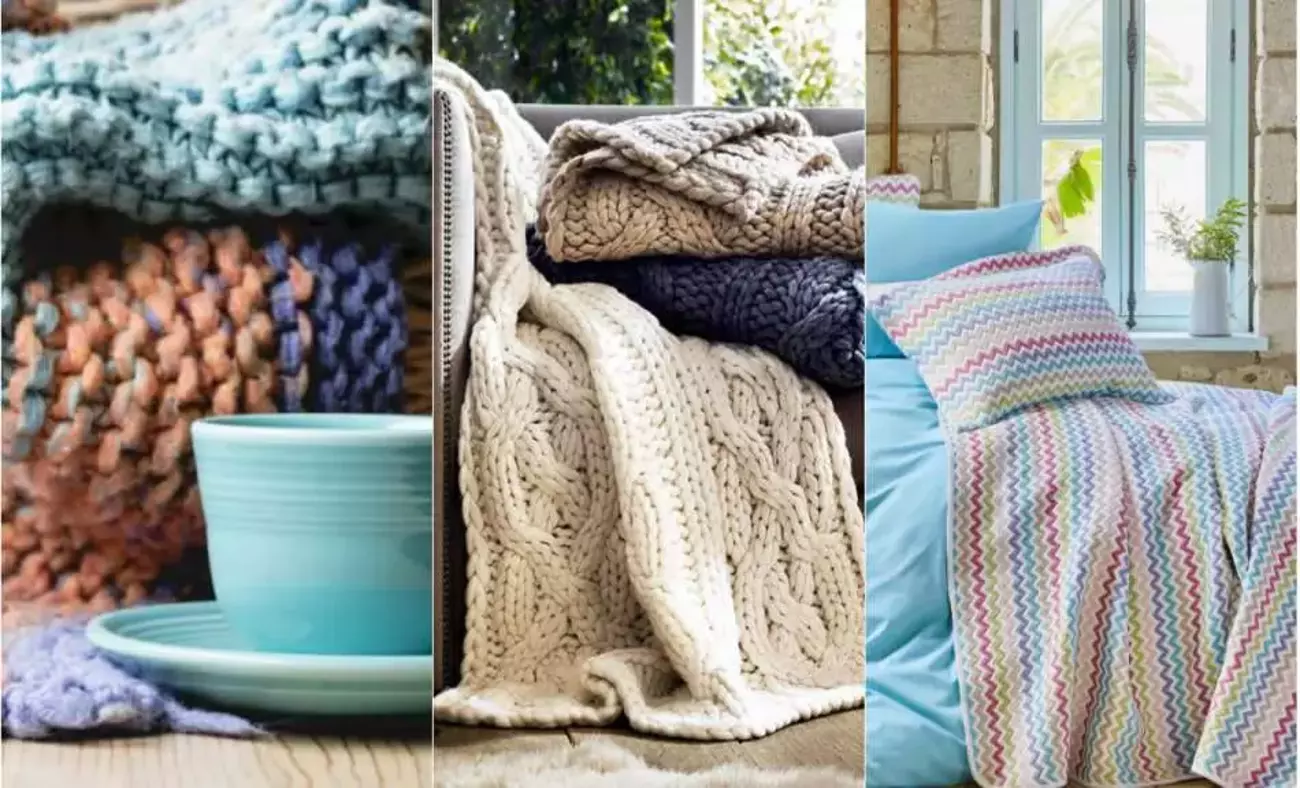
Blankets, the quintessential comfort item in every home, offer an excellent opportunity for knitters to showcase their skills and creativity. When it comes to knitting blankets, the possibilities are as vast as your imagination. Whether you're a beginner or an experienced knitter, crafting a blanket can be a deeply rewarding project.
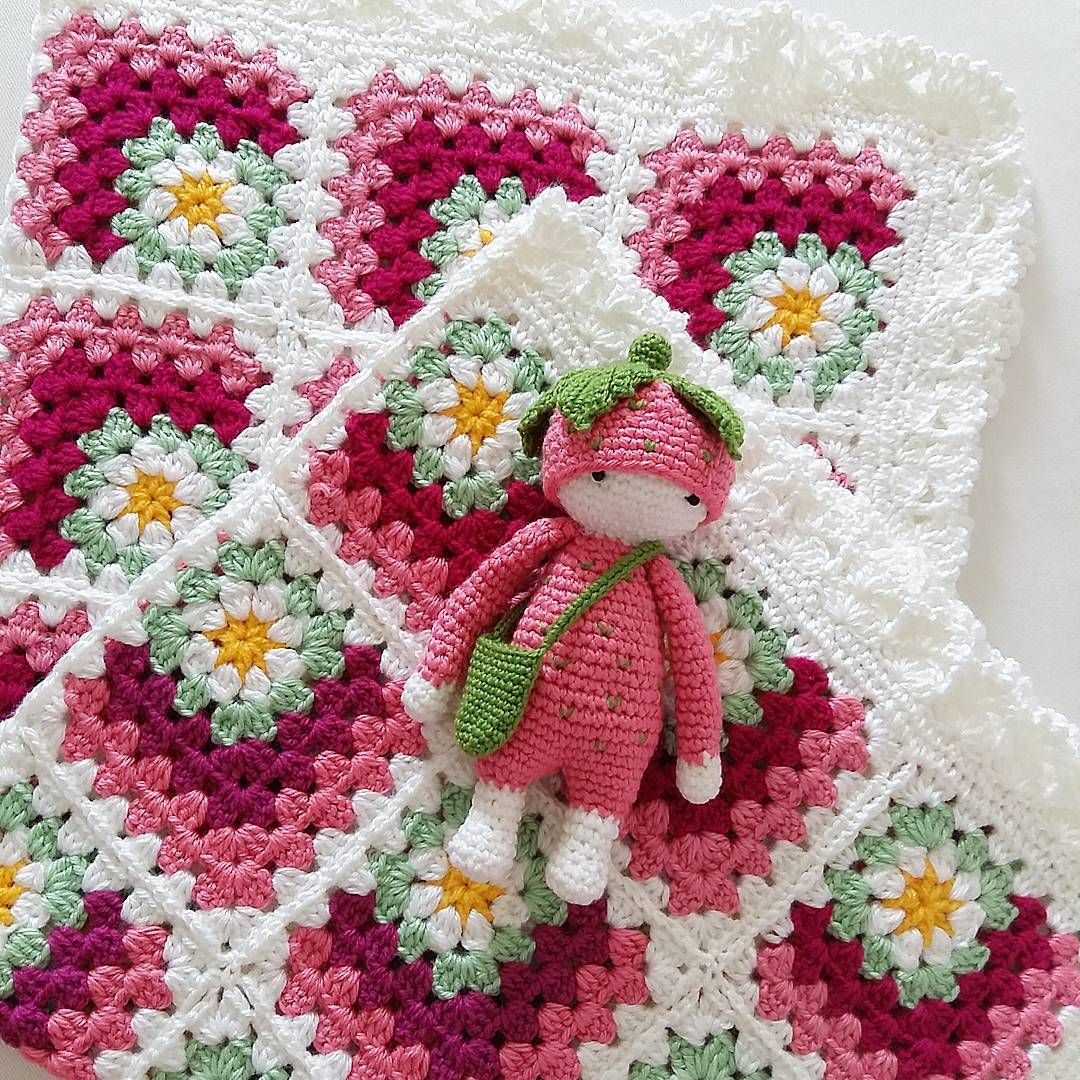
1. Choosing the Right Yarn: The foundation of any knitting project, especially a blanket, is selecting the appropriate yarn. Consider the purpose of the blanket.
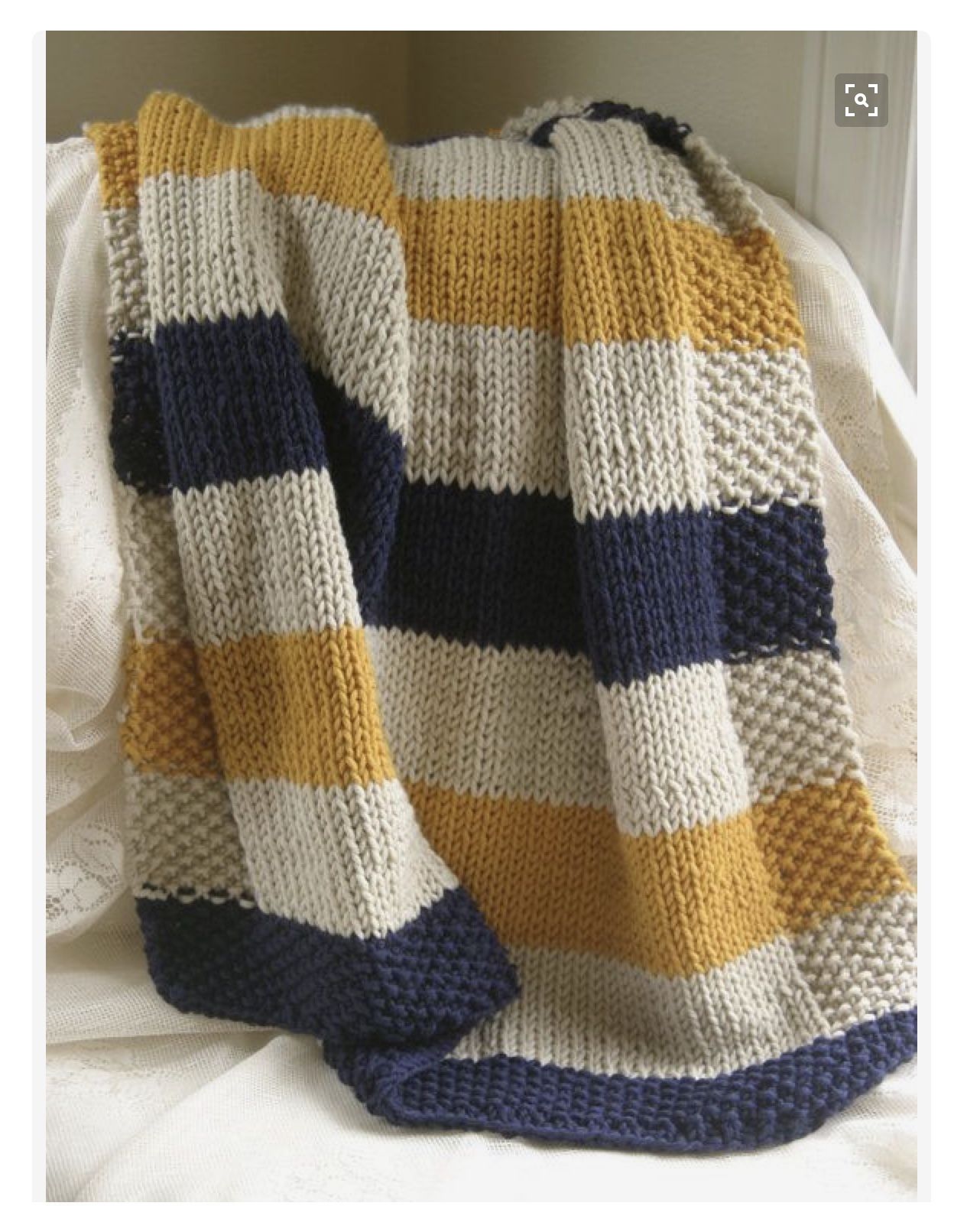
For a baby blanket, soft, hypoallergenic yarns like cotton or bamboo are ideal. For a cozy winter blanket, wool or wool blends provide warmth and durability. Acrylic yarns are a versatile and affordable choice for all-purpose blankets.
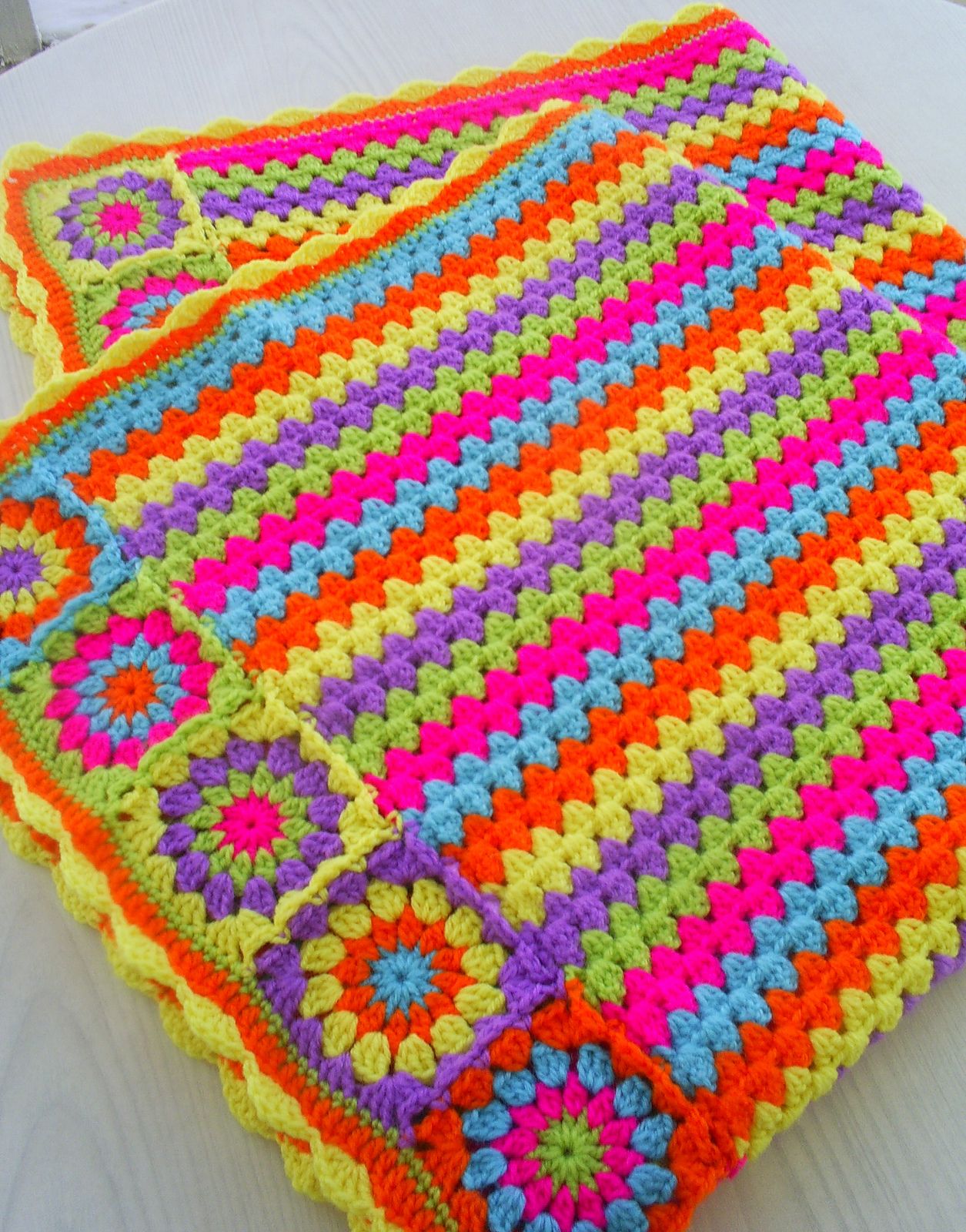
2. Picking a Pattern: Blankets range from simple designs like garter or stockinette stitch to more intricate patterns like cables or lace. Beginners might start with a basic pattern, while those more experienced can challenge themselves with advanced techniques. Remember, the size of the project can be easily adjusted by altering the number of stitches and rows.
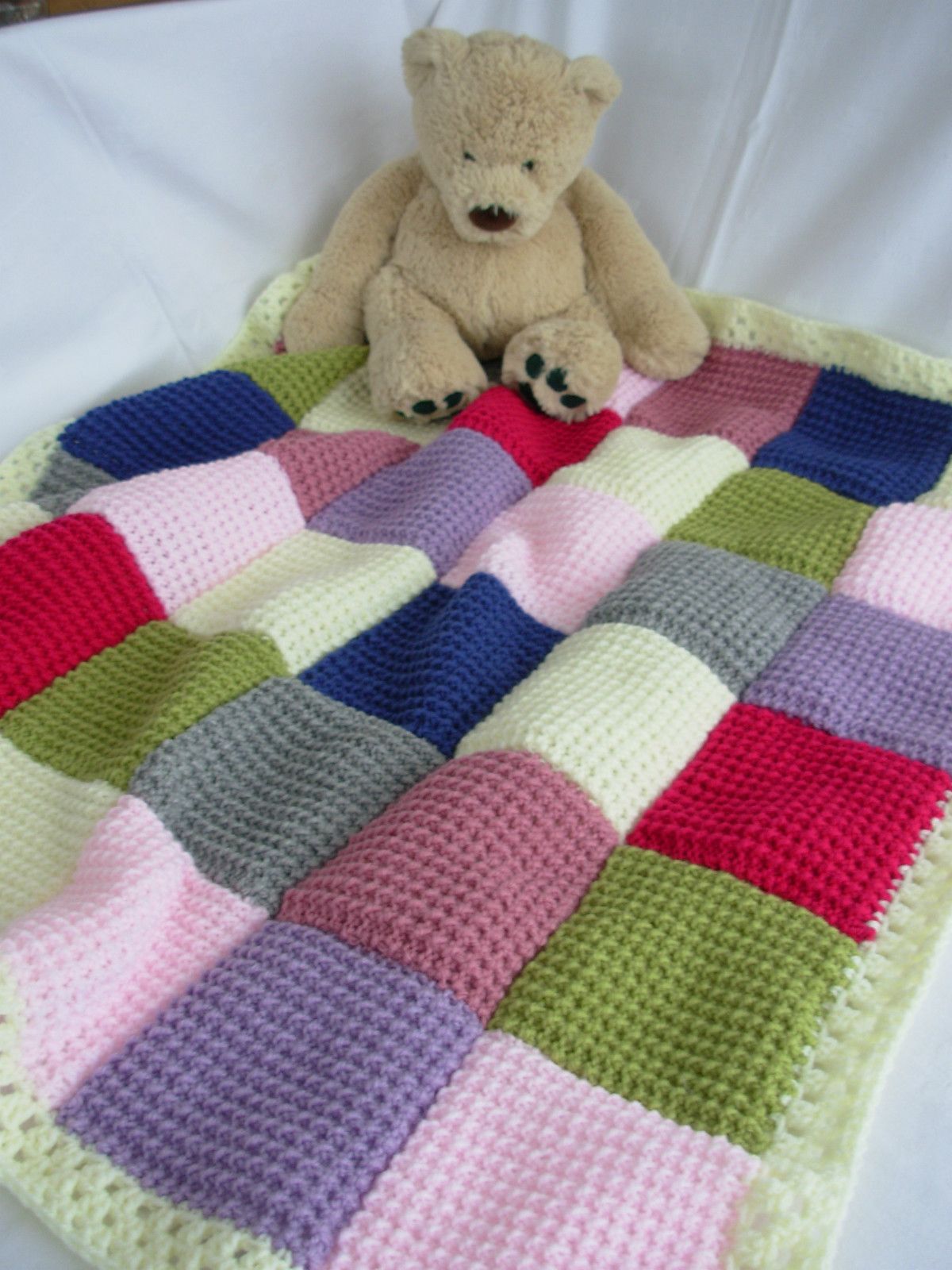
3. Gauge Matters: Especially for larger projects like blankets, knitting a gauge swatch is vital. This step ensures that your finished product is the size you intended and that you have enough yarn. Your gauge swatch will also give you a feel for how the yarn knits up, allowing you to adjust needle size if necessary.
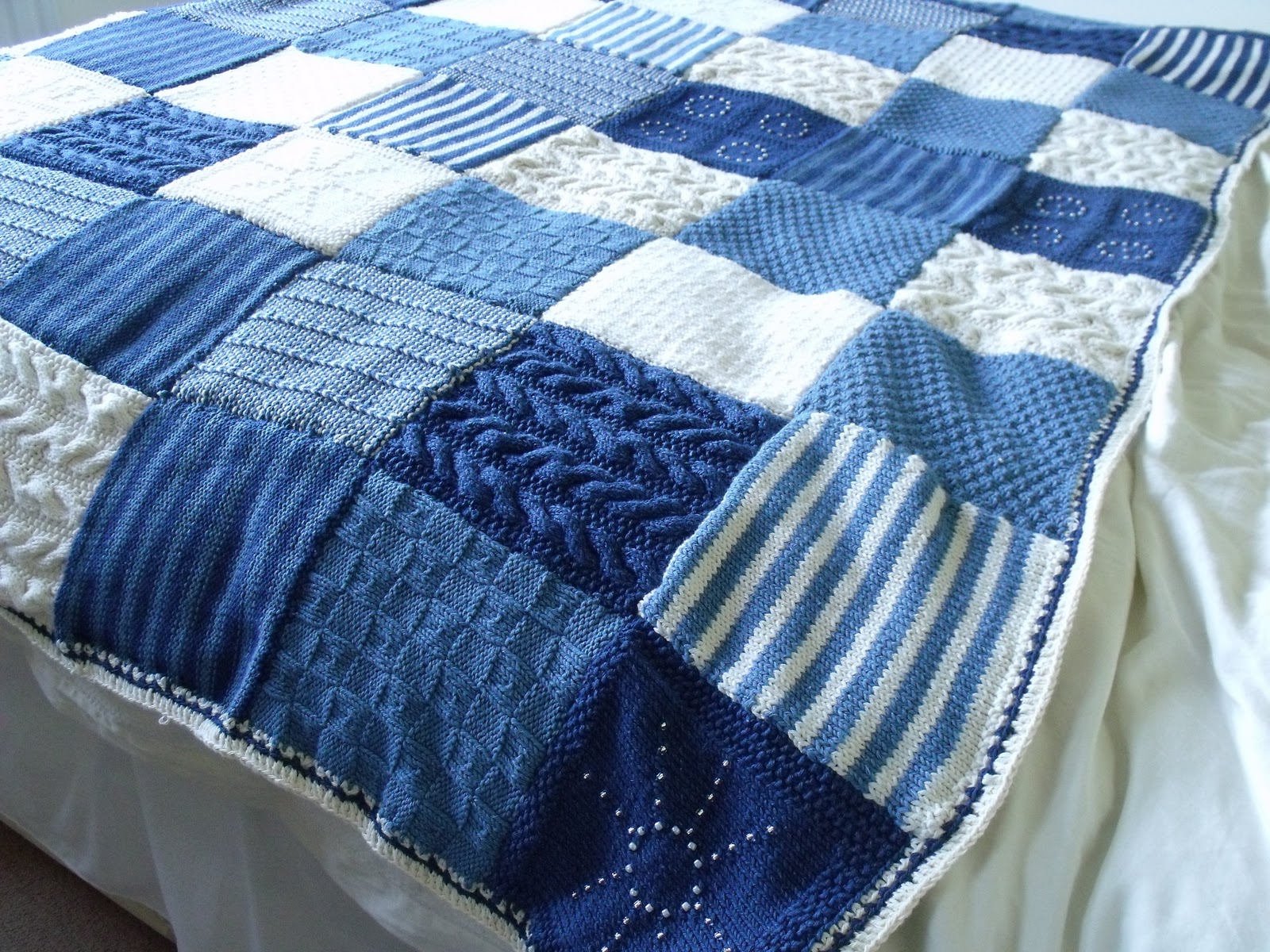
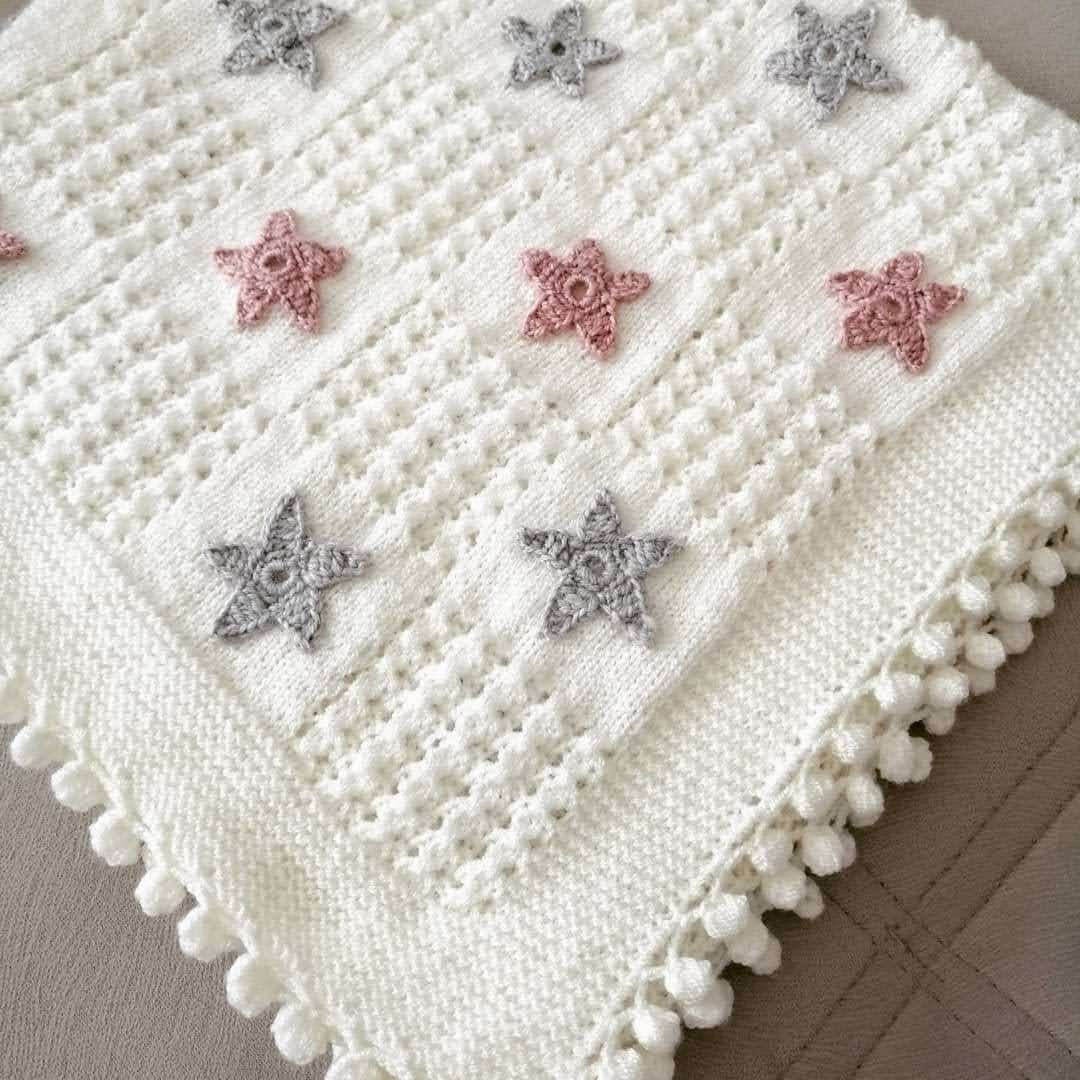
4. Edging and Finishing Touches: A well-thought-out edge can elevate your blanket. Options include ribbed borders, lace edgings, or even a simple crochet border for a contrasting texture. Bind off loosely to maintain a soft, stretchy edge.

5. Care and Maintenance: Knowing how to care for your knitted blanket will ensure it lasts for years. If you use wool or delicate fibers, hand washing and flat drying are recommended. For acrylic and other sturdy yarns, machine washing on a gentle cycle is often suitable.

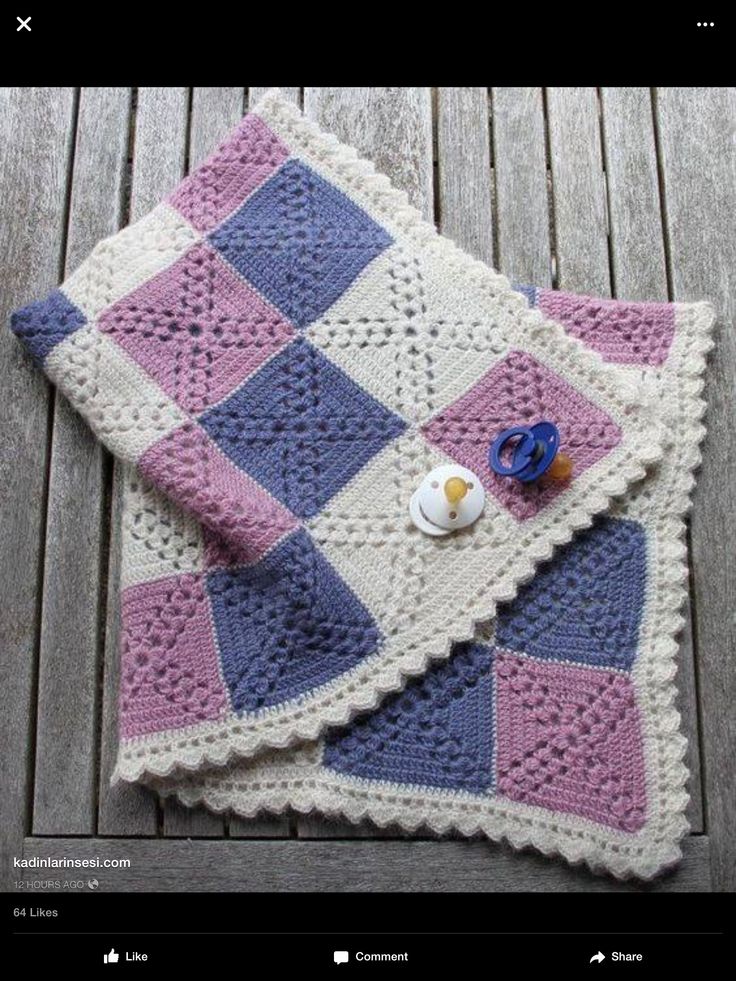
6. Personalization: Make your blanket truly unique by adding personal touches. This can be through color choices, integrating initials or special dates into the pattern, or by knitting in a meaningful motif.

7. Mind the Season: Consider the season for which you're knitting. Lighter, airy patterns and yarns are suitable for summer, while dense, warm patterns are perfect for winter.

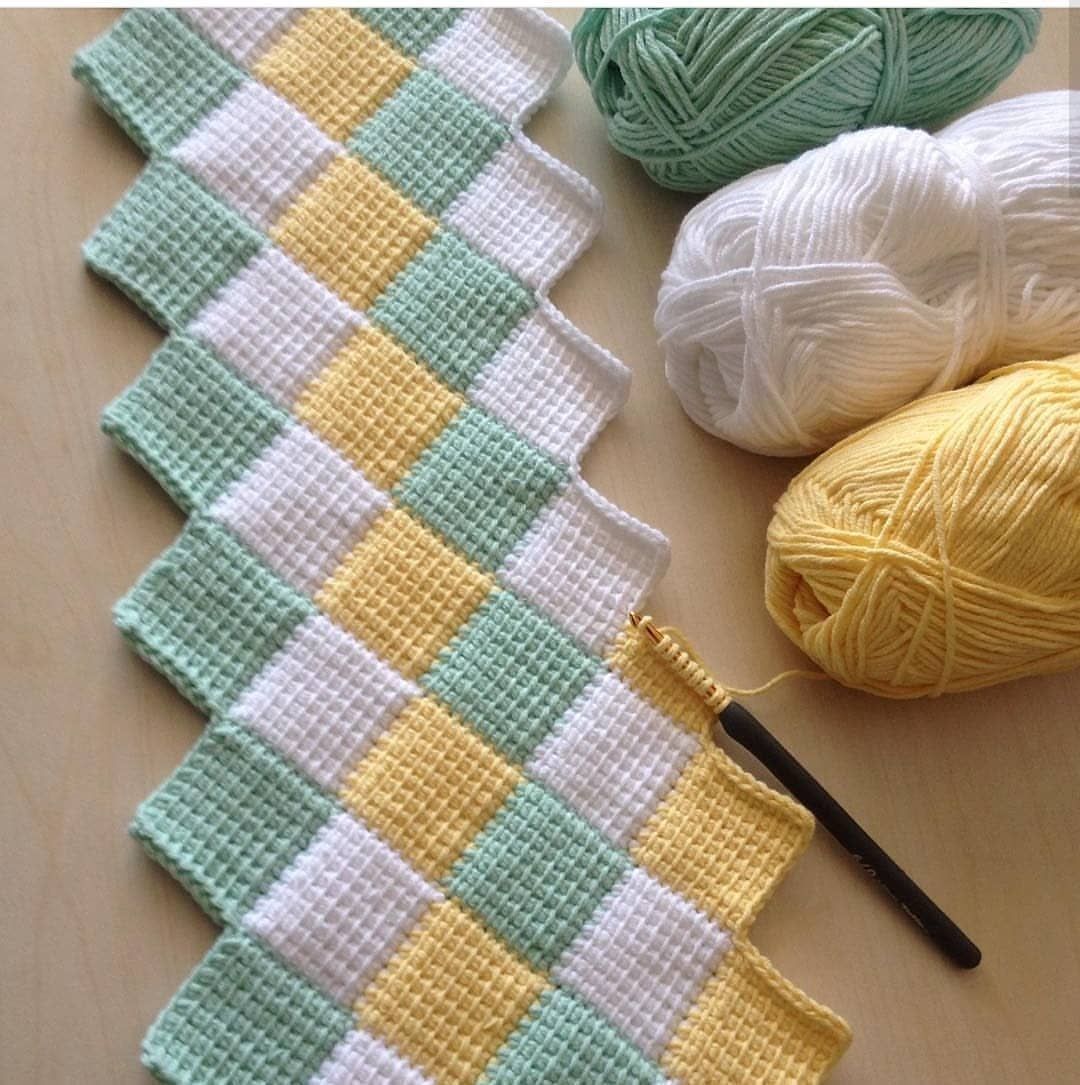
8. Sustainability: With a growing focus on sustainability, consider eco-friendly and ethically sourced yarns. These not only contribute positively to the environment but also add a story to your creation.
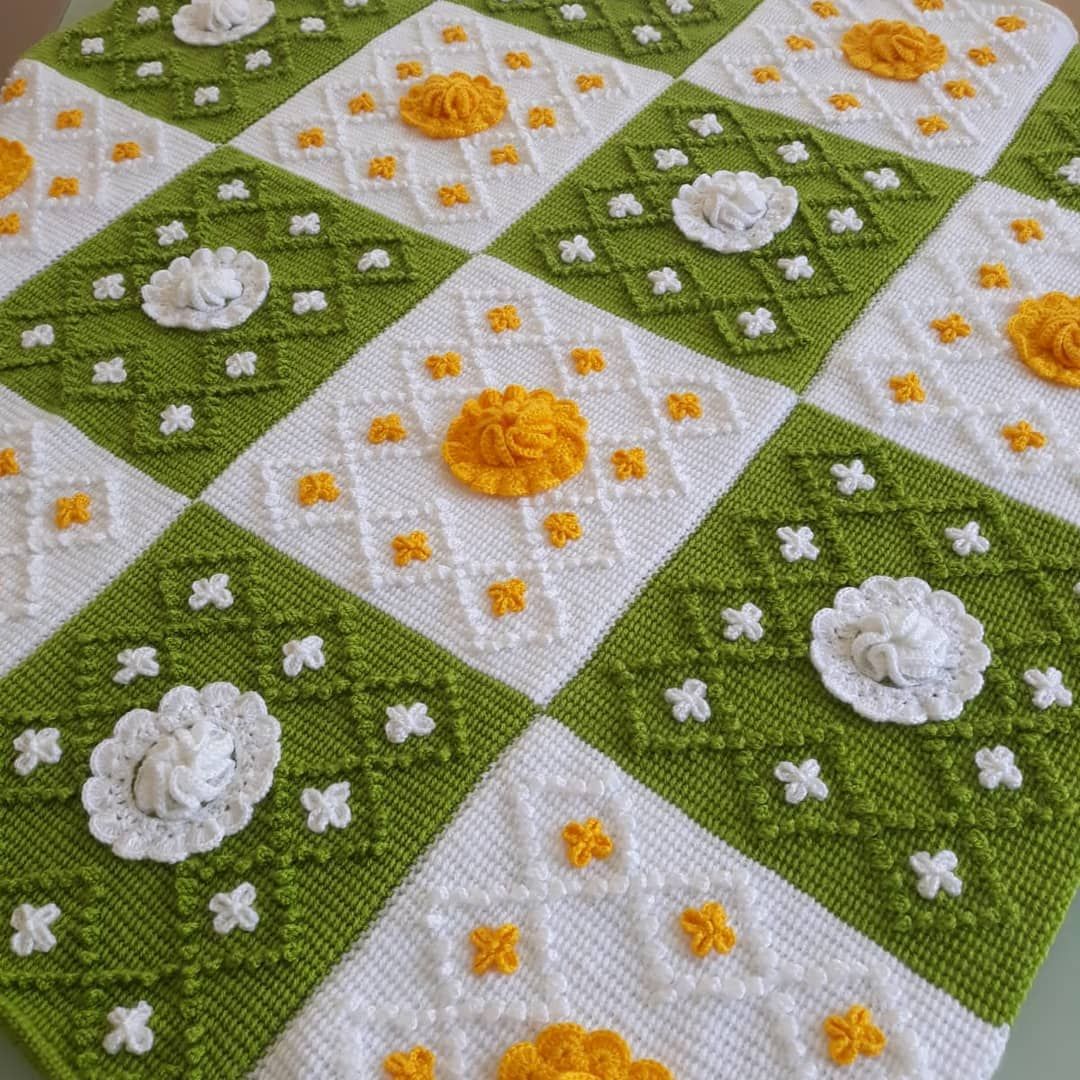
In conclusion, knitting a blanket is a journey of creativity and skill. It allows you to experiment with different textures, colors, and patterns while creating something functional and beautiful.
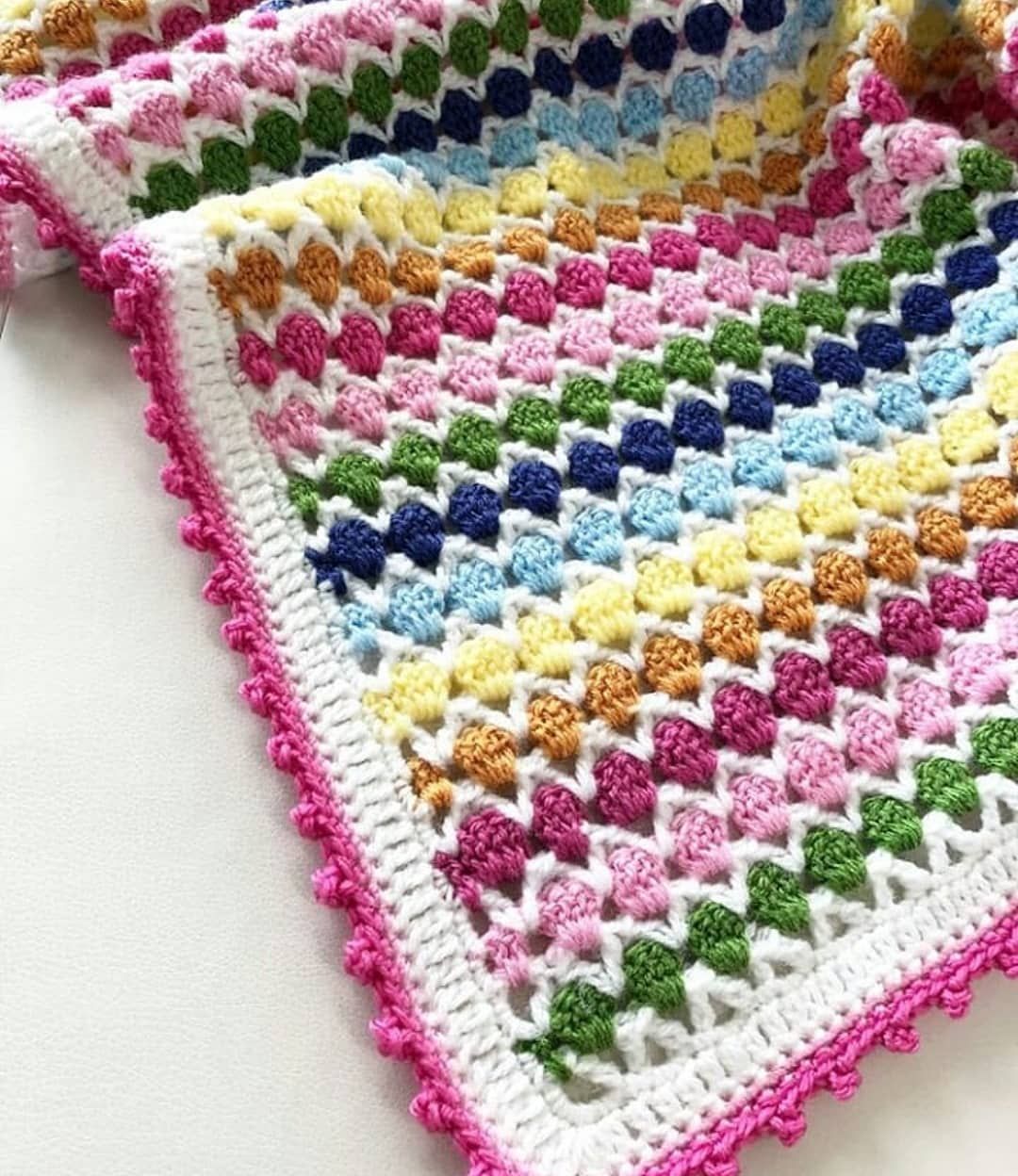
Whether it's a gift for a loved one or a cozy addition to your home, the time and love invested in a hand-knitted blanket make it a cherished item for years to come.
